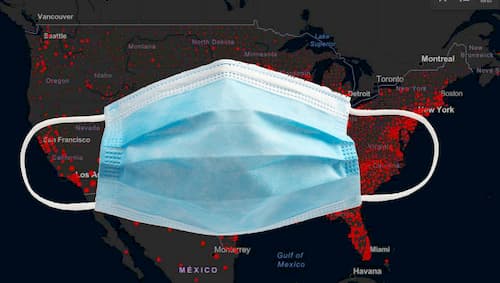The one-shot Johnson & Johnson COVID-19 vaccine is nearly 74% effective against the disease, according to the results of a real-world study published Tuesday in the scientific journal JAMA Network Open.
Researchers at the prestigious Mayo Clinic in Minnesota took a group of more than 90,000 patients between February and July this year and inoculated about 9,000 of them with the Johnson & Johnson vaccine. They found at the end of the period that only 60 of the vaccinated patients tested positive for COVID-19, while out of the 88,898 unvaccinated patients, 2,236 tested positive for the disease.
But the researchers wrote that Americans should get inoculated with either the two-dose Pfizer or Moderna vaccines, which were developed using the messengerRNA and have proven to have a higher effectiveness rate than Johnson & Johnson shot, which was developed through a traditional virus-based technology.
Meanwhile, a separate study conducted by the Mayo Clinic in one county in Minnesota found that some residents who were given the Johnson & Johnson vaccine were 3.5 times more likely to develop a type of blood clot known as cerebral venous sinus thrombosis, or CVST.
The study, published in the scientific journal JAMA Internal Medicine, found the risks were higher among women between 40-49 years old of developing CVST, followed by women aged 30-39.
The initial rollout of the Johnson & Johnson vaccine was paused back in April after a handful of cases of CVST was reported among the millions of Americans who had already been inoculated.
The lead researcher in the new study said the risk of developing blood clots was still low compared to the overall benefits of receiving the vaccine.
In other pandemic-related news, China’s Ministry of Commerce issued a guidance Monday urging families to stockpile daily essential items as the country continues to struggle with ongoing outbreaks of COVID-19 cases. Beijing has imposed a “zero-COVID” policy that includes widespread testing and strict lockdowns to blunt the spread of the virus, which was first detected in the central city of Wuhan in late 2019.
In addition to the ongoing outbreaks, China is also dealing with soaring prices of vegetables brought on by recent extreme weather events that have ruined crops.
Some information for this report came from Reuters.
[content id=”52927″][content id=”79272″]





